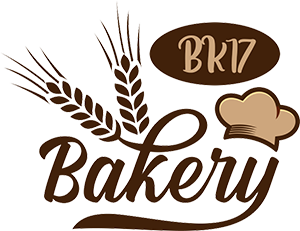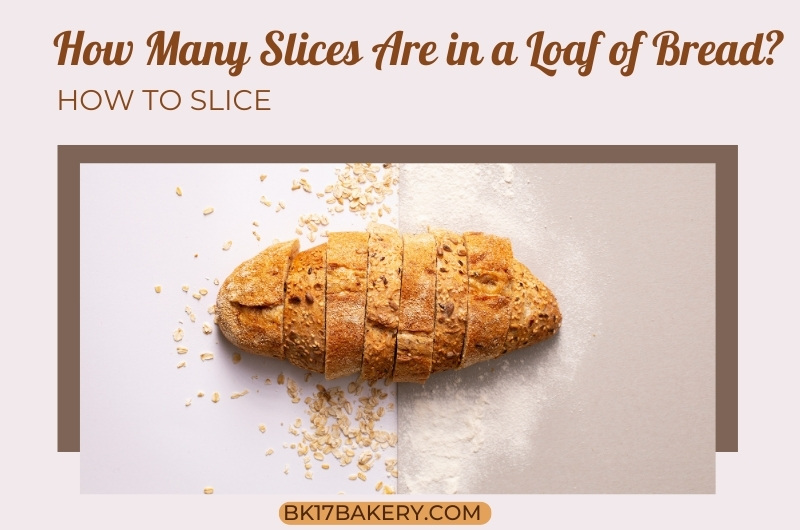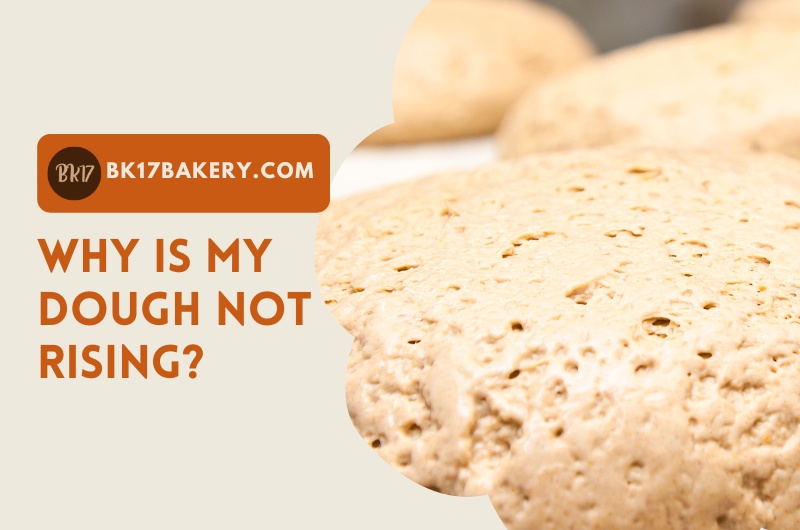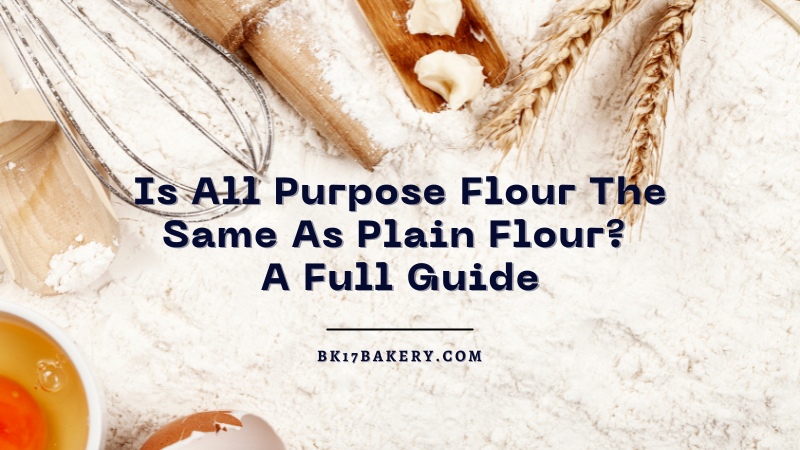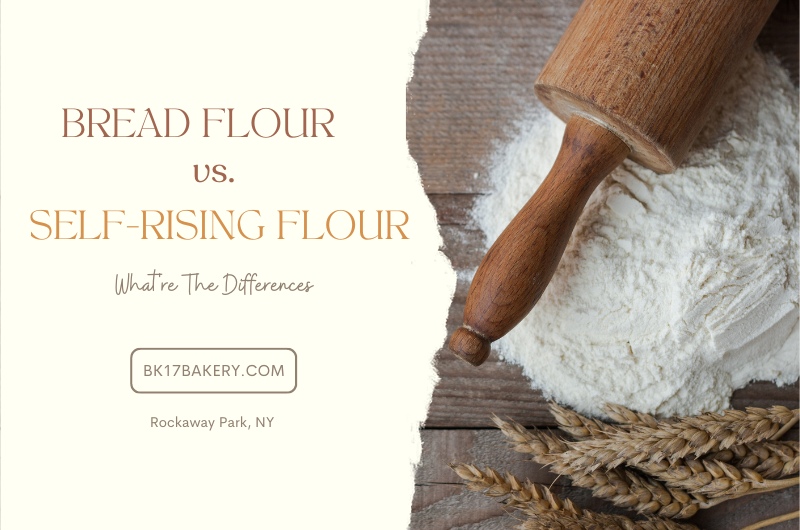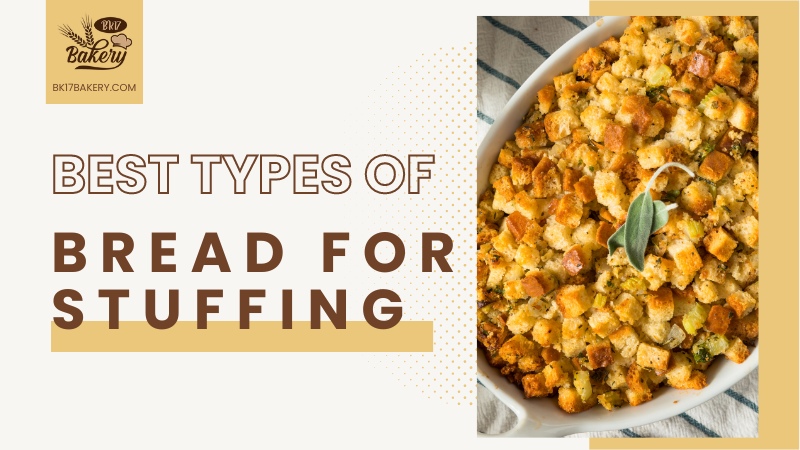How many times have you been mid-recipe, wondering if you’ve got enough slices left in that loaf on the counter? I’ve been there too, and I know it’s not always as simple as it seems. Counting slices seems straightforward until you consider all the variables.
But here’s the good news: I’ve sliced and measured my fair share of bread loaves, and I’m here to help you figure it out.
In this article, I’ll go over all the factors that affect how many pieces of bread in a loaf and how to make the best estimation for your outdoor trip or your family breakfasts in the next week.
In This Article
How Many Slices Of Bread Are In A Loaf?
A fresh loaf typically packs about 20 to 24 slices, heels included. But the exact number varies depending on the loaf size, the thickness of each slice, and how equally you cut them. Sometimes, it’s as few as 12-16 slices or as many as 26-28 slices.
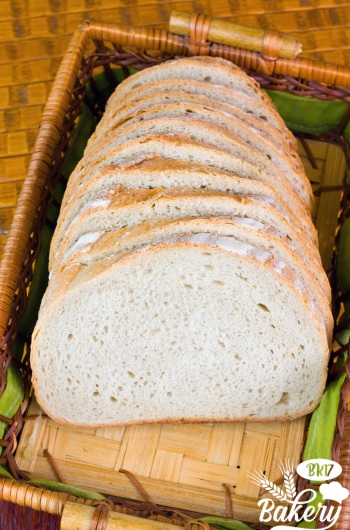
So there’s plenty of nuance here. The number of slices in a loaf really hinges on a couple of key details.
The most decisive factor is the size of the loaf itself. A larger loaf obviously holds more potential slices. But just as crucial is how thickly you slice your bread.
So while 20 to 24 slices may be the standard count, your own loaf could yield a few more or a few less, depending on how the loaf was made and how you wield your knife.
Variables That Affect The Number Of Slices In A Loaf
Homemade Bread vs. Store-Bought Bread
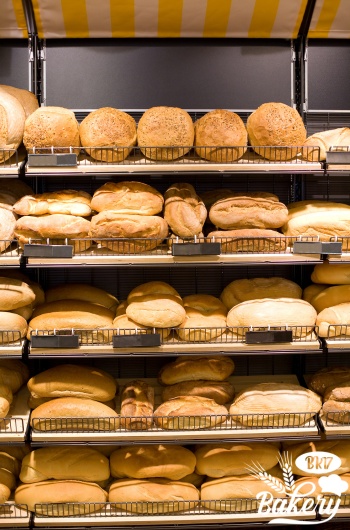
Not all loaves of bread are created equal. When it comes to store-bought bread, they are usually pre-sliced, taking out the guesswork. These pre-sliced loaves are commonly cut into around 20 to 24 delicious slices.
However, if you are a home baker like me, the slice count is in your hands. Those homemade loaves of bread give you the freedom to decide how thick or thin your slices will be.
Whether you’re crafting a delicate sandwich or a chunky toast, you call the shots. In my kitchen, I usually go for thinner slices when I’m baking my homemade sourdough or whole wheat bread, giving me around 25 to 27 slices per loaf.
See more: Is Homemade Bread Healthier and Cheaper Than Store-Bought?
Bread Brand
In my local stores, I’ve noticed that different brands have their unique slice counts.
Pre-sliced bread brands like Wonder, typically found in chains like Walmart or Target, usually pack around 20 slices in their standard sandwich loaves. Similarly, Great Value Wheat Sandwich Bread comes with 22 servings per pack.
On the other hand, some artisan or specialty bread brands offer heftier loaves that could have fewer, thicker slices. Brands like La Brea Bakery or Pepperidge Farm, for instance, might contain anywhere between 16 to 18 slices per loaf, depending on the bread type.
Types Of Bread
The type of bread you choose also plays a starring role in determining how many slices you’ll end up with.
An average loaf of Sourdough bread, with its distinctive tang and dense texture, generally gives you around 24 slices.
Similarly, a loaf of Rye bread, known for its rich, deep flavor, also averages the same number. The compact nature of rye bread ensures you can get plenty of slices from your loaf.
Wholemeal bread, with its wholesome goodness and hearty texture, tends to produce fewer slices due to its denser composition.
You might only get 8-10 slices out of a standard loaf. I usually find these slices substantial enough to stand up to a variety of sandwich fillings, from creamy avocado to tangy goat cheese.
Meanwhile, traditional white bread, a crowd favorite in many households, typically serves the highest slice count – about 26 to 28 slices per loaf. A loaf of Pumpernickel bread, with its deep flavor and dark hue, usually grants between 14 to 16 slices.
Slice Thickness
A thin slice versus a thick slice can significantly alter the total count of slices of bread in a loaf. Remember, a single loaf can meet a variety of culinary needs just by adjusting the thickness of the slice.
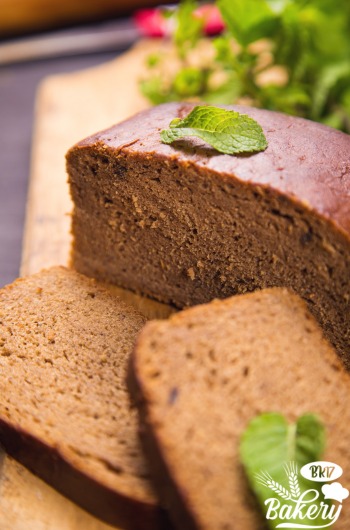
For example, if you’re aiming for delicate, melt-in-your-mouth sandwiches or light toast points for a fancy brunch spread, you’ll want to go thinner with your slices.
I’ve found that I can easily get upwards of 26 slices from a standard loaf when I’m aiming for thin, crisp toasts to serve with my homemade jams or a fluffy egg scramble (my family favorite).
On the flip side, if you’re planning hearty sandwiches stuffed with layers of deli meats, cheeses, and condiments, thicker slices are the way to go. In this case, the same loaf might yield only 16 slices.
How To Slice Homemade Bread
Slicing homemade bread is an art in itself, one that I’ve spent many a Sunday afternoon perfecting.
The knife you choose is crucial. I’ve always favored a sharp knife with a serrated edge.
These blades grip the fresh bread and slice through the crust without squashing the soft interior. My trusty 10-inch serrated knife has seen me through countless loaves, its long blade accommodating a variety of loaf sizes.
The technique is the other half of the equation. You’ll want to start with a gentle sawing motion at the edge of the crust. If you have a huge loaf, consider cutting it in half first.
Resist the urge to push down or use force and let the knife do the work. Once you’ve cut through the crust, continue with the same motion, guiding the knife through the rest of the slice.
I’ve found that this technique results in a perfect slice with minimal bread crumbs, ready to be turned into delicious sandwiches, toasts, or whatever your heart (and stomach) desires.
Sizing Homemade Bread
The size of your entire loaf, and consequently the number of slices it packs, can be controlled right from the beginning – by choosing the right loaf pan. Understanding these pan sizes has allowed me to customize my baking to fit my needs, ensuring that every slice of bread is enjoyed at its freshest.
Typically, 9-by-5-inch pans are common and give you a decently sized loaf suitable for sandwiches or toasts. With this size, I usually aim for about 20-24 slices in a loaf, depending on the thickness I choose.
For a smaller loaf, I often go with an average size of 8½x4½ inches. Also known as the standard loaf pan in the US, it is perfect for smaller households or when you’re baking for fewer people and need around 16-18 slices. Small sizes (like 8×4 and 5¾x3½) are also available.
Frequently Asked Questions
How Big Is a Typical Slice of Bread?
While slice size can vary, a standard slice of bread is about 1/2 inch thick and weighs approximately 1 ounce. It’s the standard size for a comfortable bite and fits well in most toasters.
How Many Pieces Are in a Loaf of White Bread?
In a standard-sized loaf of white sandwich bread, you can expect to find between 26 to 28 slices, including the heels. It’s a great amount of sandwiches, toast, and maybe even a bread pudding treat.
How Much Does One Loaf of Bread Serve?
One loaf of bread can typically make about 10 to 12 sandwiches, considering you use two slices per sandwich. This number might differ based on your appetite and the loaf size, but it’s a good estimate for meal planning.
How Many Slices of Bread Are in a 20 oz Loaf?
A traditional loaf like that will usually serve around 20 usable slices. It’s ideal for a week’s worth of breakfasts or a family picnic outing with plenty of sandwiches.
Conclusion
The number of slices in a loaf of bread isn’t just a matter of counting. It depends on a variety of things, from the type of bread to the thickness of the slices.
With these insights, you’re well-equipped to estimate how far your loaf will go. Next time you’re planning a sandwich party or wondering if you’ve got enough bread for the week, remember these figures.
I’d love to hear how they work for you, so don’t hesitate to share your stories or questions in the comments below.
